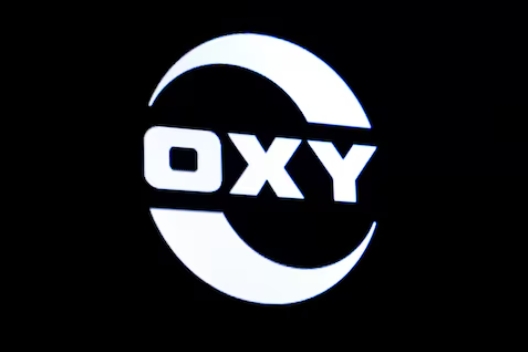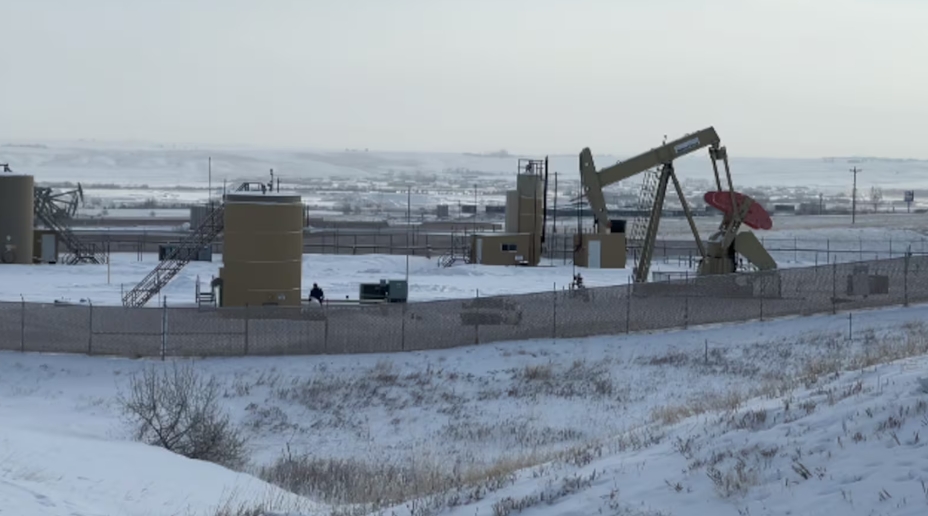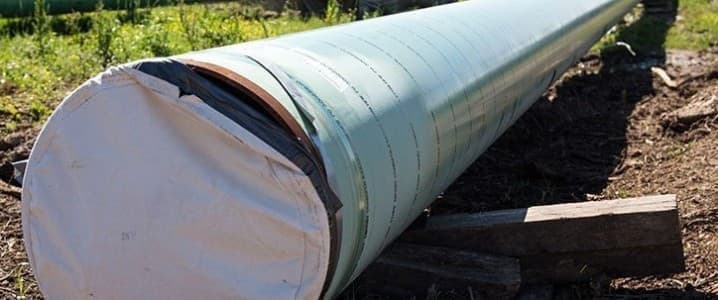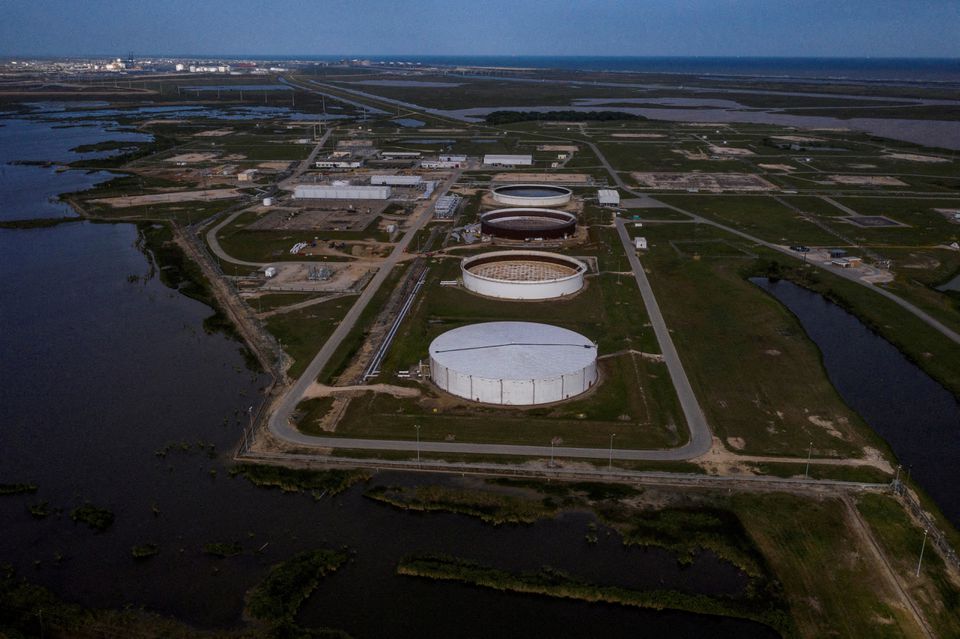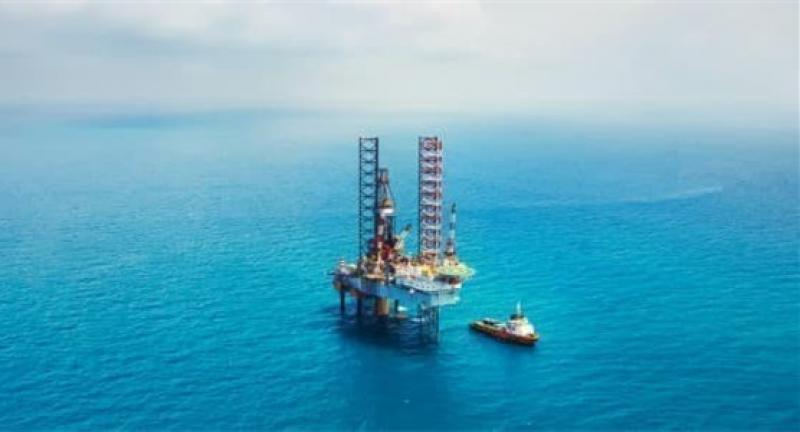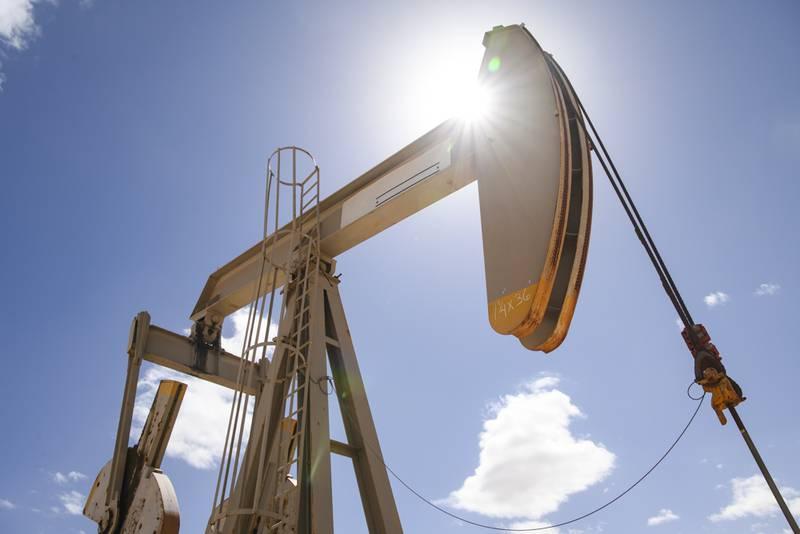UK utility National Grid has selected certification body DNV GL as a lead partner in the Offshore Wind Coordination project in Great Britain.

The project will analyse a coordinated approach for offshore grid development and shape the future national strategy of Great Britain’s offshore grid.
National Grid and DNV GL will advise the UK Department for Business, Energy & Industrial Strategy’s Offshore transmission network review, which also involves other parties, such as UK regulator OFGEM.
The project will review and recommend ways to improve how offshore wind farms are connected to the onshore transmission network.
DNV GL has been commissioned to assess the viability of a coordinated approach including:
Assess technology availability (HVDC equipment)
Analyse technical and regulatory barriers and solutions
Study implications on power system security and stability
Develop offshore and onshore grid designs
Conduct societal Cost-Benefit Analysis of the offshore grid
Combining its comprehensive experience of energy markets, power system analysis and transmission & distribution technology, DNV GL will assess the most beneficial offshore network development approaches and the results they deliver for energy users (consumers) and coastal communities.
The aim is to ensure optimal utilisation of infrastructure, higher integration of offshore wind energy, reduction of carbon emissions and consumer bills, and provision of operational benefits to the onshore grid.
The development comes after the UK has emerged as a world leader in offshore wind energy since the technology’s inception.
To date, the UK has an installed capacity over 10GW of offshore wind and will soon be home to the world’s largest wind farm, Dogger Bank.
Offshore wind continues to be a key electricity source for the UK government and supports its commitment for the country to be net-zero by 2050. Delivering a future-proof grid that ensures all turbines, substations and cables are connected to the grid safely and effectively is of paramount importance to meeting that goal.
National Grid ESO head of strategy and regulation, Craig Dyke, said: “This is an important project to be working on with DNV GL, examining different technological and engineering solutions for offshore grid development and relative different costs and benefits. We are committed to helping facilitate offshore wind’s contribution to the UK’s net-zero target, as well as ensuring value for money for consumers and reducing the environmental and social impact of onshore connections to local communities.”
Prajeev Rasiah, executive vice president North Europe, Middle East & Africa at DNV GL – Energy said: “We are honoured to lead this project particularly as the UK Government has committed to installing 40GW of offshore capacity by 2030. This means that offshore transmission and distribution grids need to be capable of supporting the increasing supply of clean electricity from offshore wind projects and help the UK meet its decarbonization plans. The Offshore Coordination Project is a vital venture which will create many lessons learnt and may help to develop an industry-standard approach to benefit not just the UK but also other countries.”
